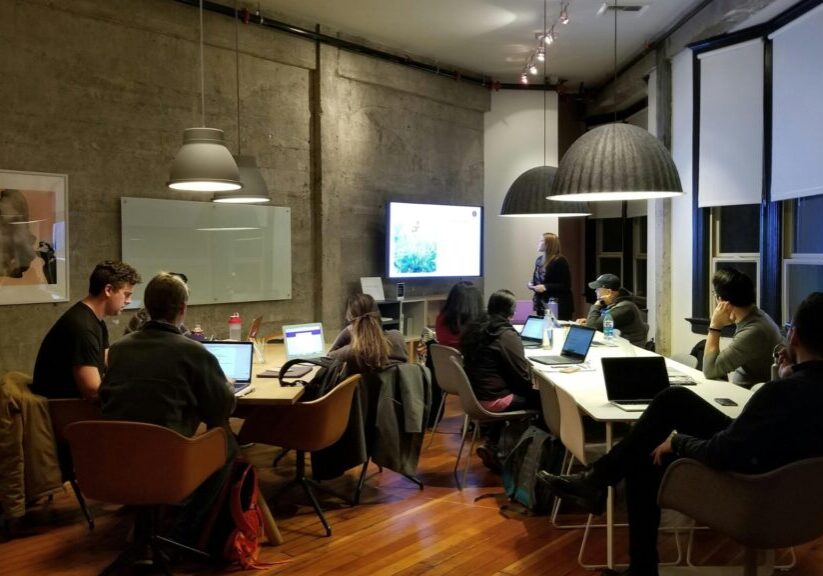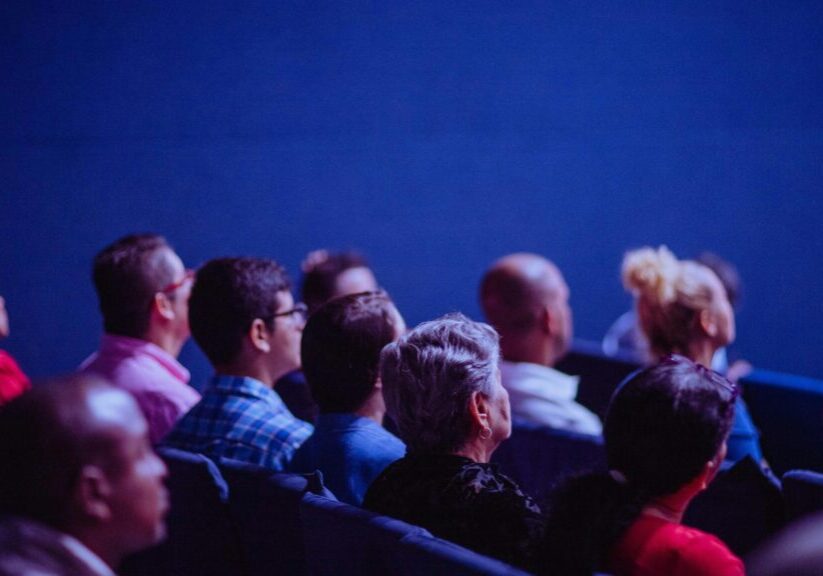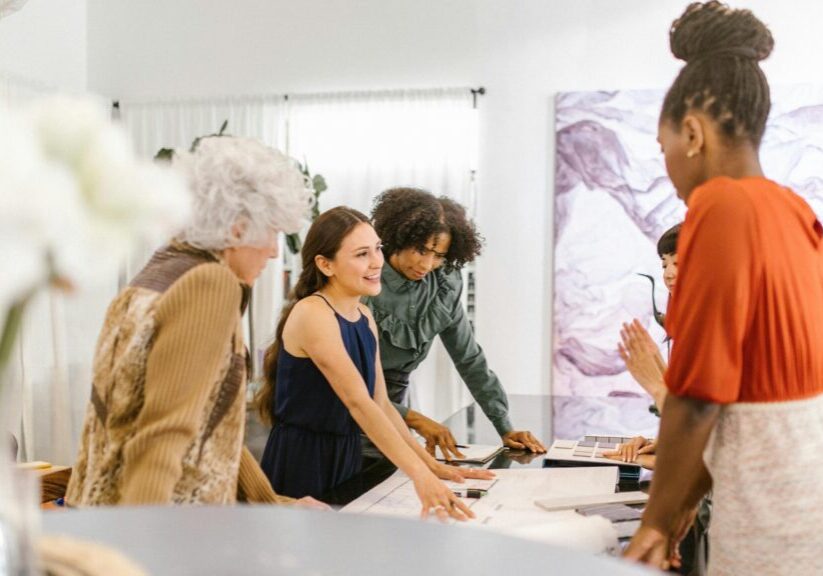Let’s delve into how organizations can foster Group-Centric collaboration. At the Group-Centric stage, individuals find their identity within groups and are motivated by social norms and expectations. They thrive in environments where they feel valued and part of a cohesive team.
Organizations can enhance collaboration by creating a culture that values inclusivity and community. This involves recognizing the importance of each member’s role in the group’s success and fostering open communication.
Start by using inclusive language in organizational communications, such as “we” and “our,” to reinforce group identity. Highlight collective achievements and individual contributions during team meetings and in company Email Subjects. This helps Group-Centric individuals feel valued and recognized for their efforts.
Encourage team-building activities and collaborative projects that require input from various team members. This not only strengthens team bonds but also enhances overall performance. For example, organize workshops, brainstorming sessions, or team outings to foster camaraderie and collaboration.
Provide opportunities for Group-Centric leaders to take on roles that involve team building and fostering community. Encourage them to mentor new team members and lead initiatives that require input from various team members. This not only boosts their confidence but also enhances their leadership skills.
Creating a safe space for open communication is also essential. Encourage employees to share their ideas and opinions without fear of judgment. Foster an environment where diverse perspectives are valued and respected. This helps Group-Centric individuals feel more comfortable expressing themselves and contributes to a more dynamic and innovative team.
By understanding and supporting Group-Centric individuals, organizations can create a cohesive and motivated team that drives success.











